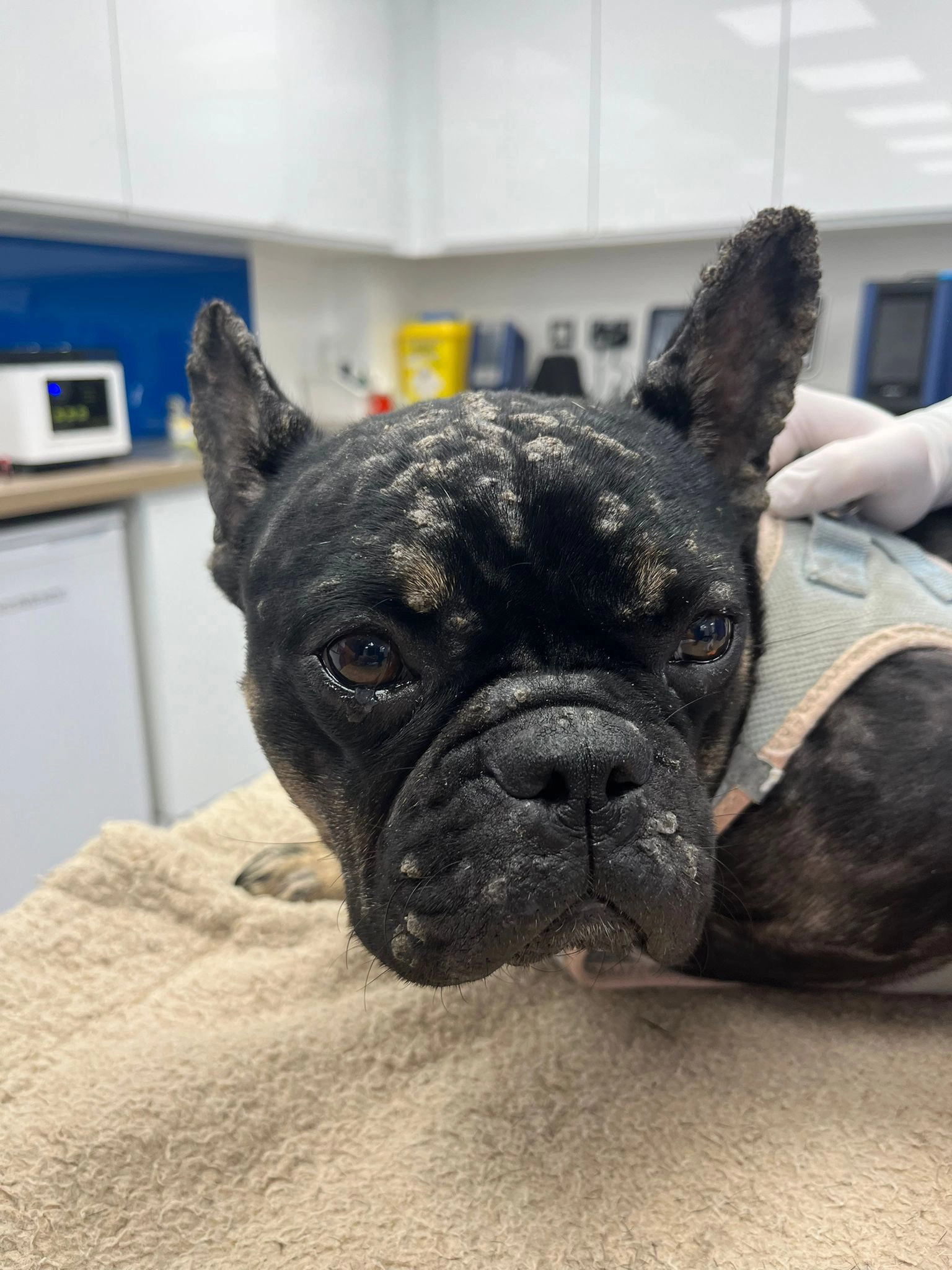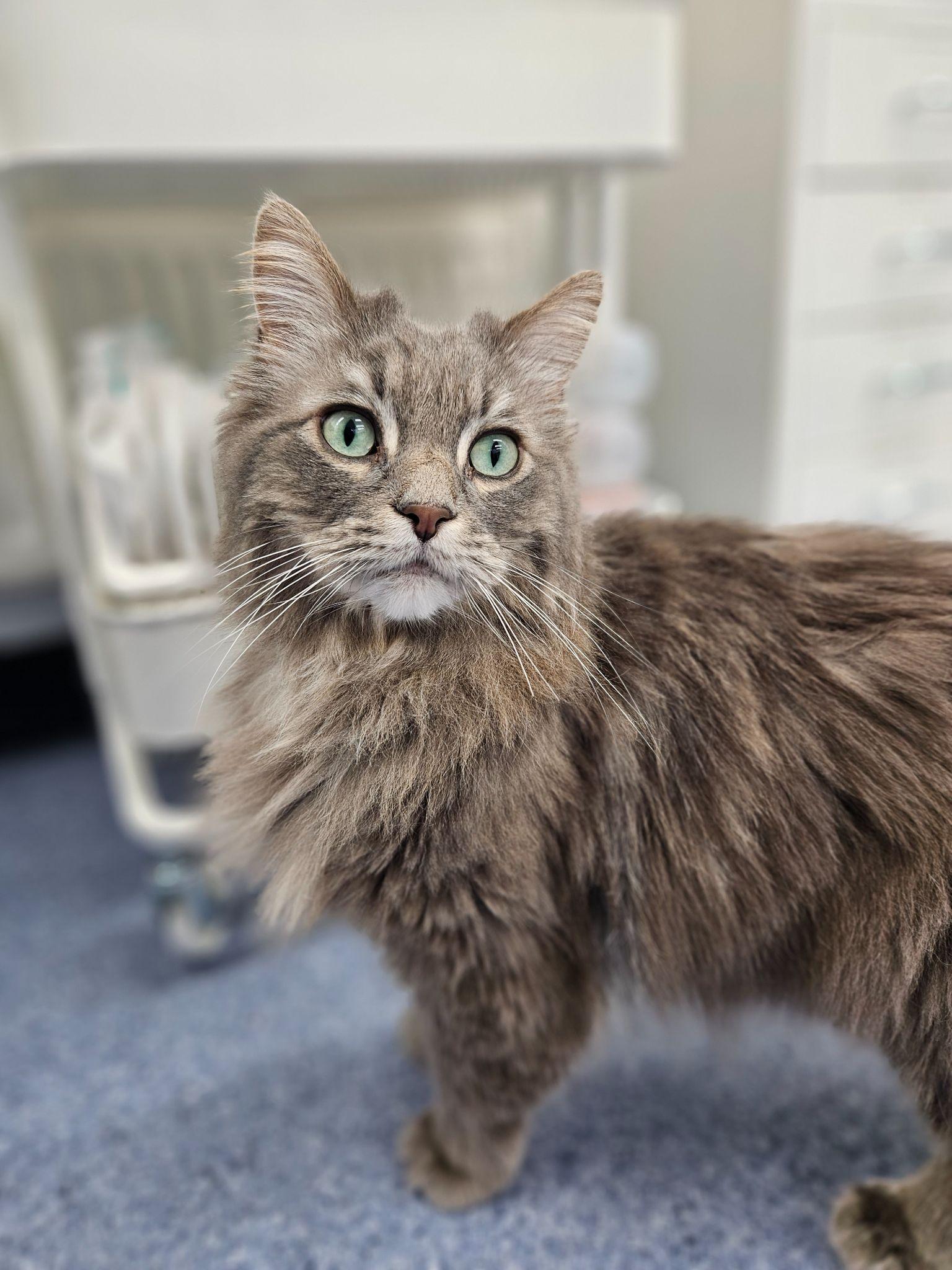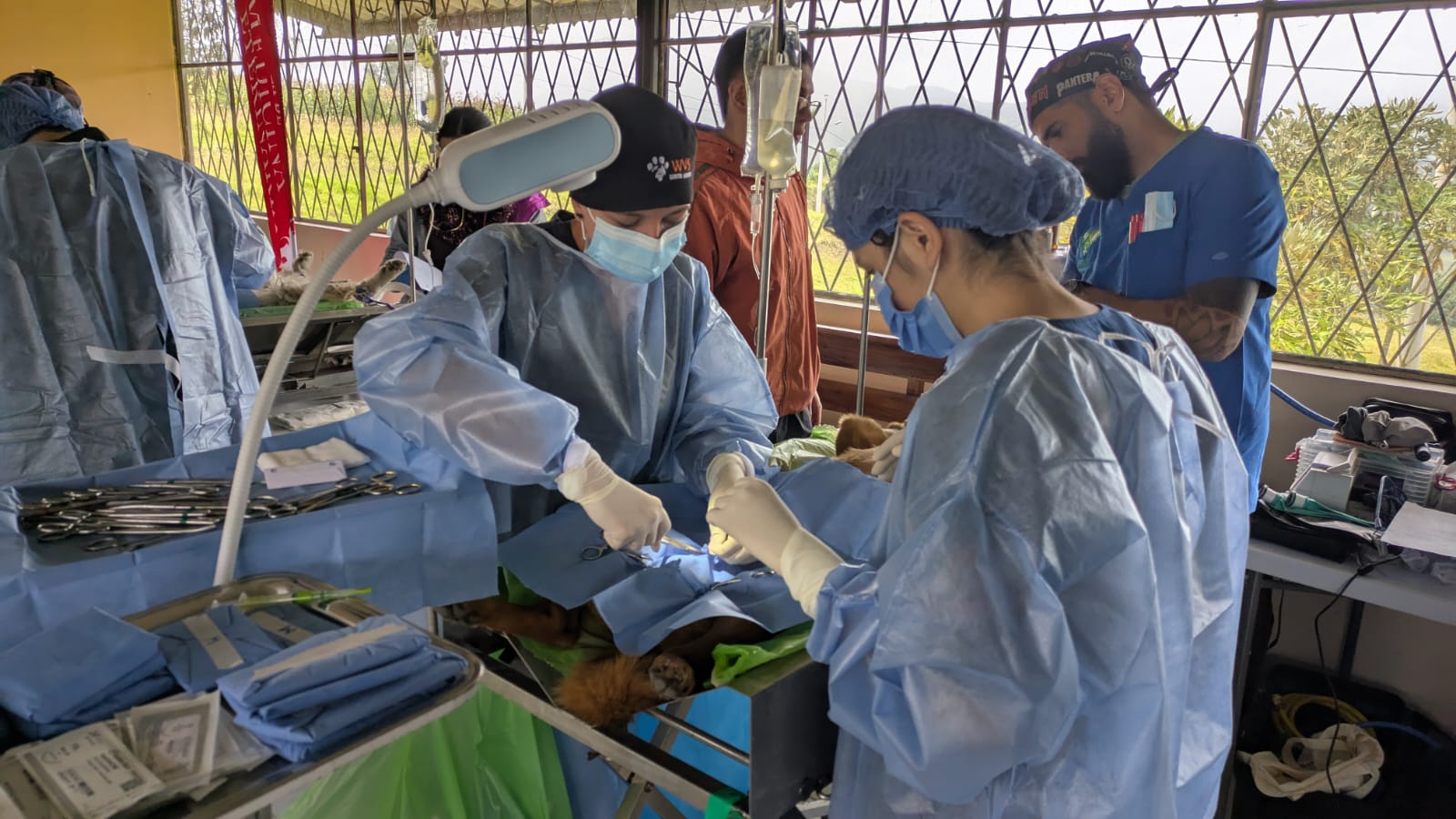We humans are quite empathetic creatures. As such, we hate to see others in pain, going as far as to do anything in our power to provide help or relief. For dog owners this can be quite a tricky task; it’s not as simple as giving your pet two tablets! So, the next time your pup hurts themselves, what can you do to alleviate their pain?
Drugs:
While you may think it would be no harm to give your dog their medicine from three months ago, you could end up causing more harm than good. Drugs should only be given to pets when prescribed by a trusted Vet, when suitable for that pet and when following the instructions given with them. Alternatively, giving traditional over-the-counter pharmaceuticals to your dog is a major health risk and will always result in a trip to Vets. In any case, you should always consult a Vet when your dog’s health is in question!
Distractions:
If you think that your dog is experiencing mild, latent pain then the best thing you can give them is a distraction. Dogs, being the hardy creatures they are, will normally ignore most mild pains and aches but to us it can be clear when they’re doing so. To combat this until you can get them seen by your trusted Vet, try giving them a bowl of their favourite food. As a highly food-motivated animal, a dog won’t mind being distracted by the most scrumptious dish in the world. If they don’t feel like eating the next best thing is to be close to them. Dogs of the same litter will often cloister around an injured member of their party, providing heat which speeds up recovery and licks which can heal open wounds and sores. By just being near your dog, you’re letting them know that you’re there for them!

Rest and Relaxation:
When injured, your dog may want to lounge around the house or spend an extended period of time resting in their bed. To help make them as comfy as possible, try letting them lie somewhere they’re normally not allowed; your bed, a pillow, the good couch, the carpet by the patio window. If they’ve got a comfort toy like a teddy or a rope then leave it beside them so they can snuggle up. Some dogs even have movies and sounds that they like, so put something on in the background and let them drift off to dream-land for a few hours!
The Dreaded Vet:
If after a few days you can’t see any improvement in your pet then it may be time to call in the big guns. Ensure that your pet’s journey to us (or your trusted Vet’s) is comfortable either in the car or on public transport by building a stretcher or basket for them. Upon arriving at your chosen Vet, they’ll be able to take them off your hands and move them to a comfy crate or bed. Once a preliminary examination is done, your Vet will recommend the next steps and what can be done to help your pet get better – this may require further exploratory procedures such as x-rays or CAT scans, but you can be sure that your chosen Vet will find the source of the problem.
After surgery, an operation or as part of your pet’s treatment plan, your Vet will normally prescribe some form of medication, be it for pain or otherwise. As we’ve mentioned previously, always follow the dosage instructions as well as any other instructions that the medication came with. Upon completing the course prescribed you should notice a marked improvement with your pet – happy days for all concerned!
Signing Off:
Before we wrap up, if you do find yourself in the middle of an emergency you really shouldn’t be reading this! Click here for our emergency contact list. Otherwise, call 01 8213189 for our Meath and North Dublin clinic, or 01 2987510 for our South Dublin clinic.
Seeing your best friend in pain can be distressing for any owner, but you can always count on us to mend them back to full health once again. And, always, you can contact us at any time for advice, answers or just a question-filled conversation with experienced professionals.
Ciao!




